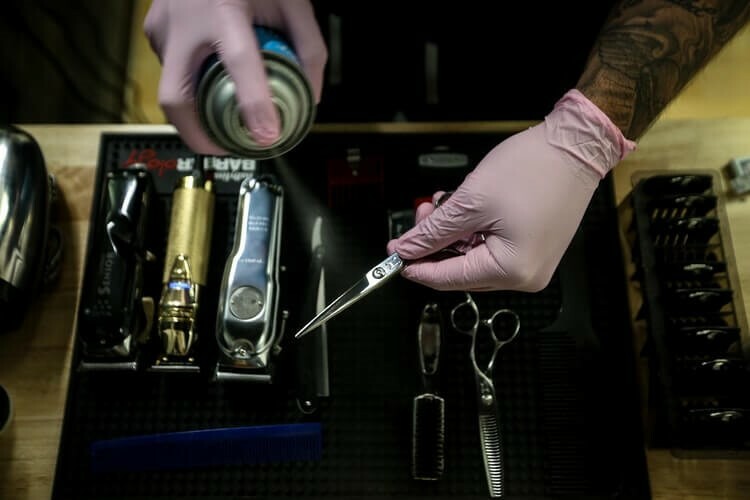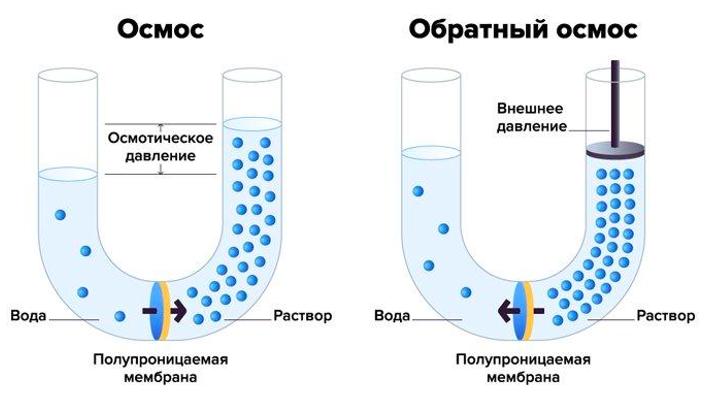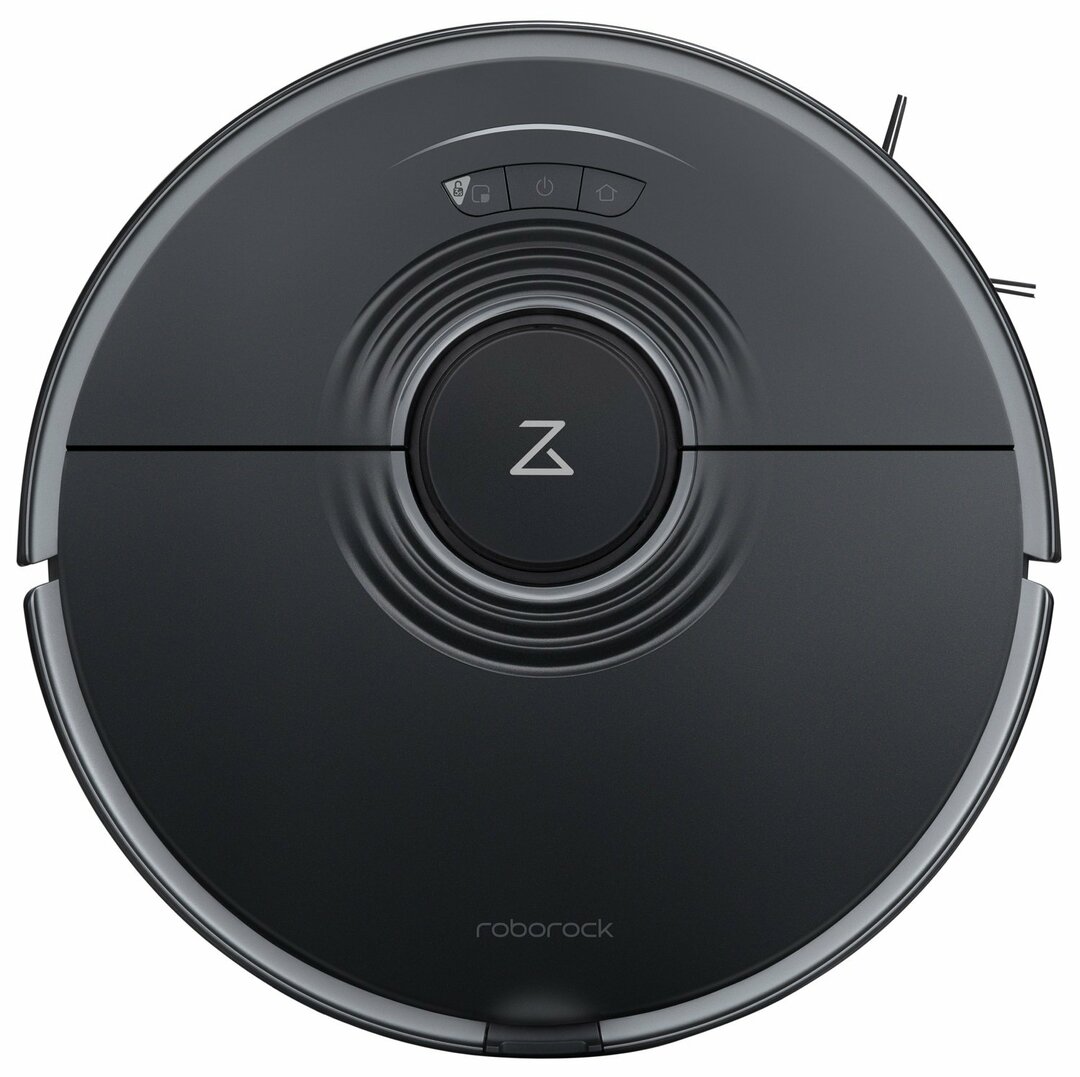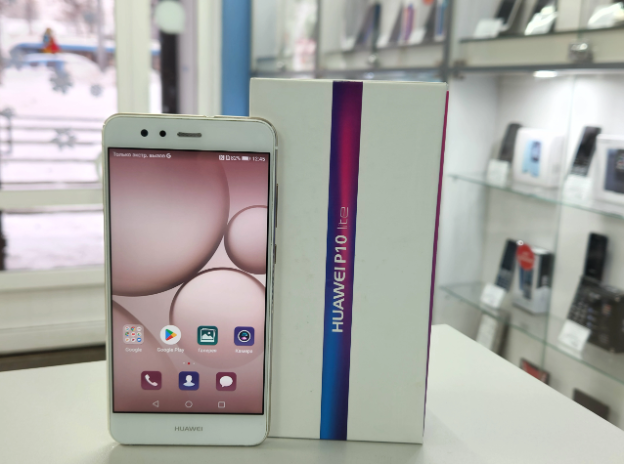
appointfix.com
Sterilization of tools in a hairdressing salon is a mandatory rule for the legal operation of the institution and the professional service of a large flow of customers. In the article we will analyze the main methods of sterilizing instruments, what is needed for this and how a novice specialist can qualitatively process a working instrument. To constantly receive customers, and the sanitary inspection did not close for unsanitary conditions.
The content of the article
- Sterilization of cosmetic instruments - why is it so important
- Why most often sterilization of hairdresser's tools is simply not carried out
-
How to sterilize hairdressing tools for maximum results
- Physical sterilization
- Mechanical impact on cosmetic devices
- Chemical sterilization of instruments
- Sterilization of instruments in dry heat
- Which is better: dry heat or ultraviolet sterilizer
Sterilization of cosmetic instruments - why is it so important
If you thought that in a beauty salon you can only correct your appearance with a bright hairstyle and stylish manicure, you are deeply mistaken. Some particular "offenders" can cripple you or give you an infection from ordinary scissors or nail files. Therefore, the rules for sterilizing instruments have been created so as not to get such a bouquet:
- coccus infection;
- lice;
- fungal deposits under the nails;
- herpes;
- all kinds of hepatitis;
- and even HIV!
All operations in which there is a high probability of prying the skin, a nail and causing slight bleeding are extremely dangerous for our body. Cleaning cosmetic devices only with liquid alcohol or other means is prohibited and useless. To sterilize hairdressing tools, a separate device must be purchased - a sterilizer. And do not forget to supervise the staff for daily sanitation.
Why most often sterilization of hairdresser's tools is simply not carried out
The answer lies in the greed of every businessman - it's expensive. To get a 100% result, you need to buy chemical solutions, special equipment and much, much more, without which “you can do without”. In addition to money, the types of sterilization of instruments require the maintenance of clear control, accounting journals and constant reporting. Who wants to do this? That's right - units.
Disinfectors are not only ineffective, they are also used up faster than a sterilizer. And to work with one set for the entire salon is only at a loss.
Also, do not forget that a large number of beauty salons use medium-quality equipment. One has only to lower the scissors into a high-quality sterilizer - they will immediately lose their working properties.
Failure to comply with these minimum rules threatens legal liability. If you do not carry out all the stages of instrument sterilization, then at least you will get a fine, and at most you can go to jail if a disgruntled visitor finds that he has a virus and goes to court.
The Internet is now just replete with information about the minimum sanitary rules for business "beauty". One sight of scissors with someone else's hair or their position on the table after a previous client is shocking. It is better to run away from such a place. It will be cheaper to learn how to cut your own hair than to treat it later.
Next, we will dwell in detail on what types of sterilization of manicure instruments exist. Believe me, there are a lot of them, and there really is plenty to choose from.
How to sterilize hairdressing tools for maximum results

creativecommons.org
Compliance with all sanitary rules will not only raise the credibility of your business, but also eliminate "harmful competitors". They definitely have a couple of snags that indicate improper disinfection of devices. And we will focus on the main options for processing a cosmetic instrument.
Physical sterilization
Cleaning in this way allows you to secure the instrument by immersion in special equipment. The principle of disinfection is based on the method (hot temperature, boiling water, ultrasound, etc.). We will tell you about ultrasound, as now it is one of the most productive options.
A special solution is poured into the tank. A source of ultrasonic waves is connected to it. Under the influence of ultrasound, bubbles appear in the solution, disinfecting the scissors. Additionally, you can install antibacterial lamps in your salon - a great way to clean your workplace.
Mechanical impact on cosmetic devices
The method allows to reduce to zero the number of harmful microorganisms on the steel surface of the equipment. The level of cleaning also depends on the dose of the mechanical exciter, so the processing ability depends on the concentration of the cleaning agent.
Chemical sterilization of instruments
The principle is based on the use of a powerful chemical with great disinfecting power. Since there are a lot of them, we will designate the most popular:
- ethanol;
- hydrogen peroxide (3% solution);
- tincture of iodine 5%;
- formaldehyde and other substances.
Do not forget that, despite the method of sterilization you have chosen, consumables should be enough for at least 2-3 working days of the salon. Working solutions are placed in special tanks, hermetically sealed. The tag indicates the manufacturer and date of production, the expiration date of the substance.
Sterilization of instruments in dry heat
Separately, it is worth considering the use of a dry-heat cabinet for tool processing. This is a special device that acts on the surface with hot air.
The main advantage of the system is the destruction of the entire spectrum of microorganisms and bacteria. Even if the visitor's blood got on the device.
The device found active use in the nail processing industry (manicure), and came from medicine. You can also find cars in dentist offices and tattoo parlors.
Sukhozhar must certainly be in every master. It is completely independent - it actively copes with bacteria and infections on devices. The safety of the procedure is increased several times.
What the dry heat consists of: a heat-resistant chamber, inside of which there is a powerful heater. Due to this, the air inside the machine warms up very quickly - the device will be ready for processing within 2-3 minutes after switching on. Since the heat inside is very strong, the air penetrates into all the pores and crevices of the cosmetic instrument, disinfecting it.
Inside there are several metal trays (depending on the model), where the tools are placed for processing. You can work:
- with an open machine if you are going to use the devices immediately after processing;
- in closed packages. For example, you are preparing for a new work week and decided to prepare all the scissors and nail files on Friday - then this is the best packaging option.
In cabinets, objects made of metal, glass and even porcelain are processed. The time for work depends on the power of the device and is always indicated in the instructions. For example, the average sterilization time is about an hour. At the same time, the temperature inside the device is stable in the range of 180-240 degrees.
Which is better: dry heat or ultraviolet sterilizer
The UV sterilizer is a variant of "cold sterilization of instruments" that is more suitable for storing equipment than for permanent processing. It perfectly copes with the task of storing manicure tools after sterilization, maintaining the level of disinfection. Ultraviolet lamps that are built into the body of the bath work to destroy fungal and bacterial deposits, but do not fight infections. Such types of viruses and diseases can only be overcome by a dry heat cabinet and a high temperature of water or air.
Flaws device:
- gives only antibacterial protection, so it should be used as an additional disinfection system;
- the sterilizer will not work on the old lamp. Regular replacement of the consumable should be carried out annually.
Advantages systems:
- a tool made of any material can be stored inside, no restrictions;
- there are no high temperatures, the equipment does not deteriorate on savings inside the bath;
- it will take about 15-20 minutes to remove bacteria.
Thus, ultraviolet equipment is an additional way to maintain the quality of the main one, and it should not be compared with other methods, which include a dry heat installation.
What method do you use? Tell our readers about ways to save on sterilization and the effectiveness of your option!


